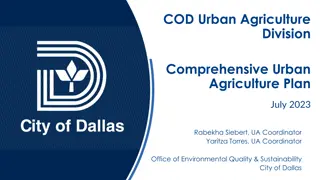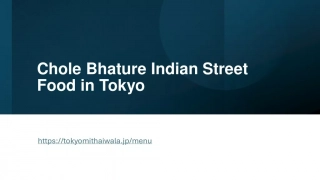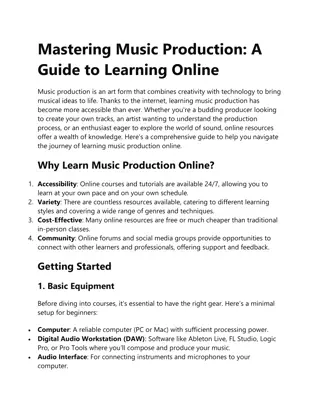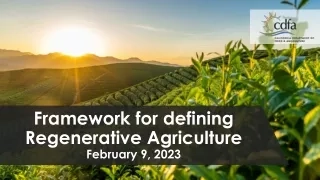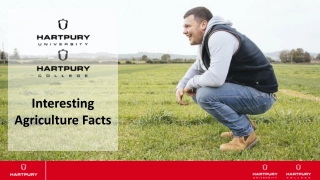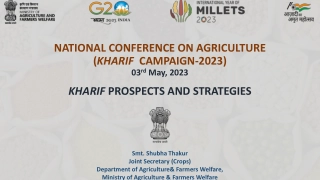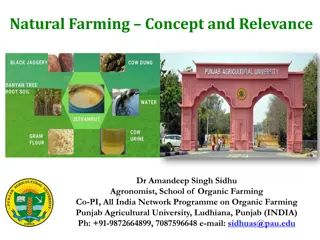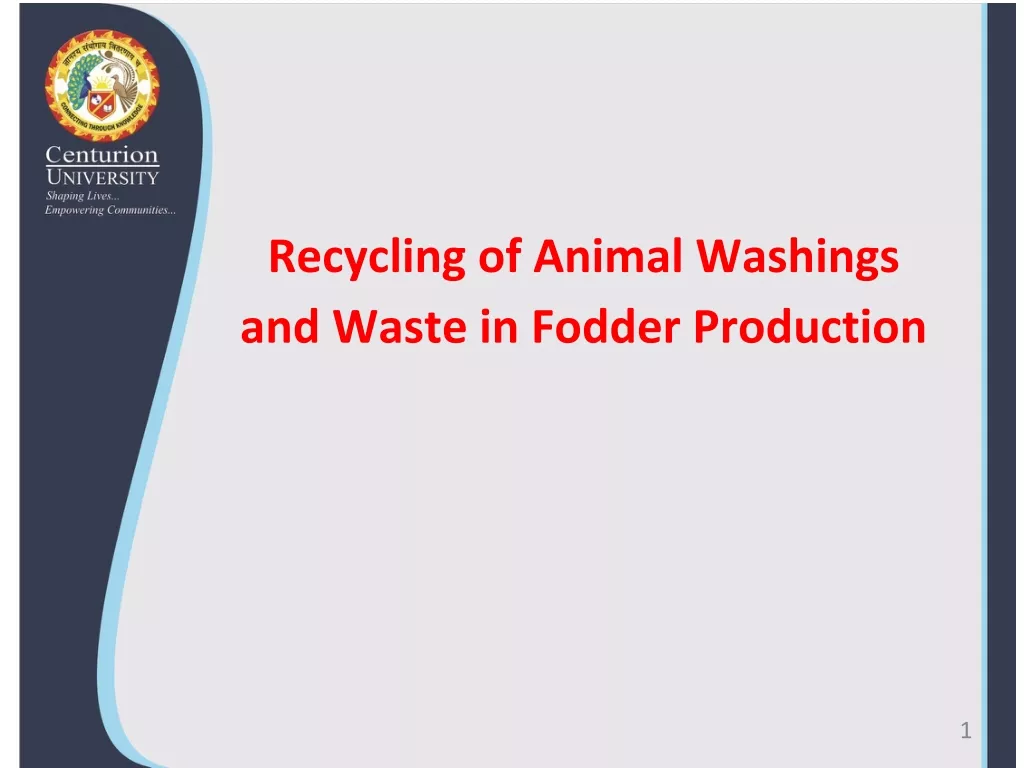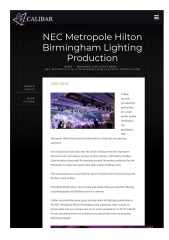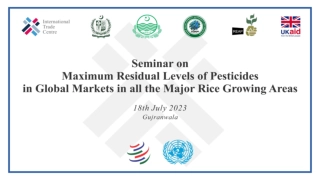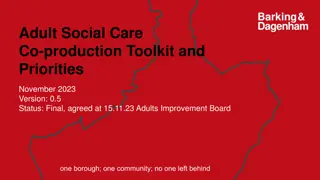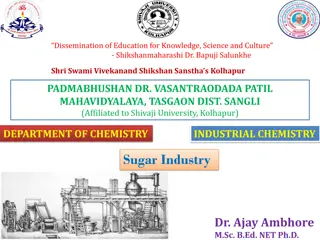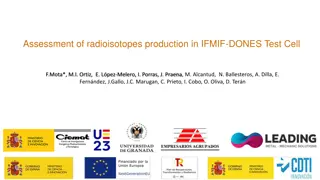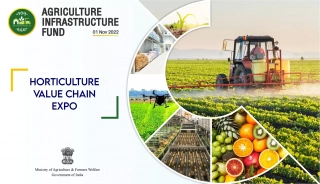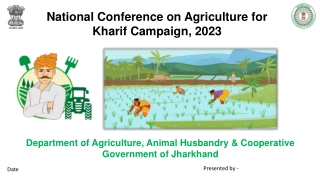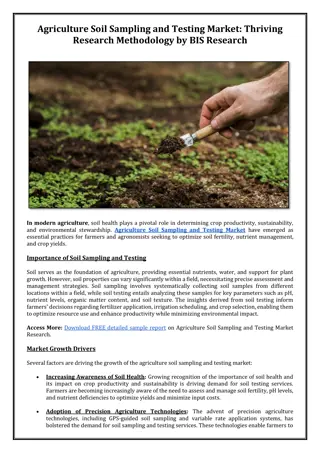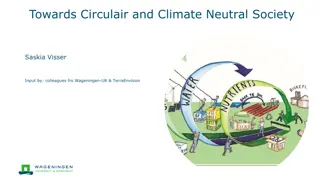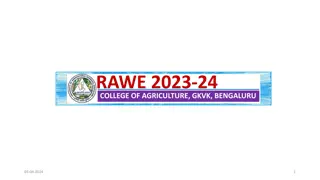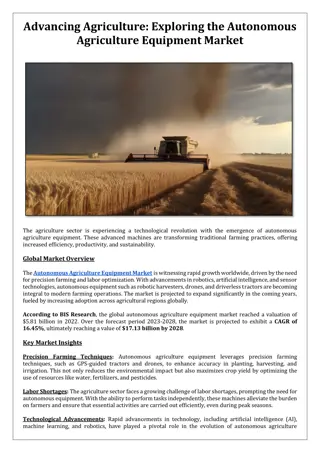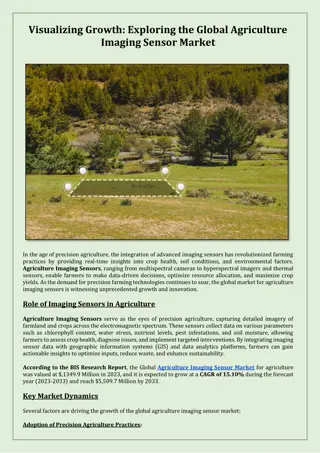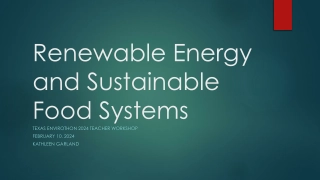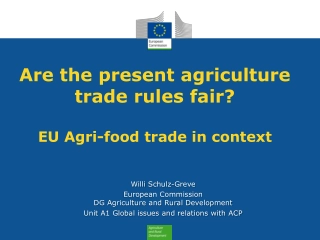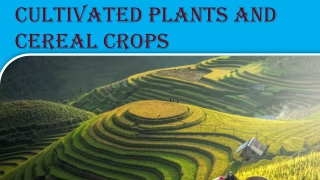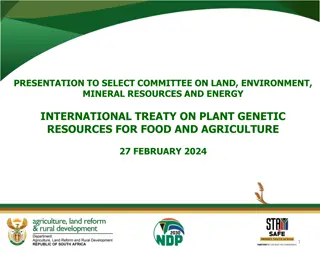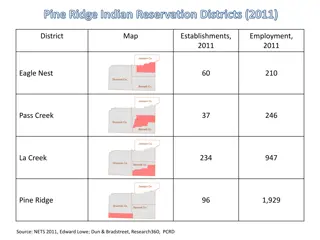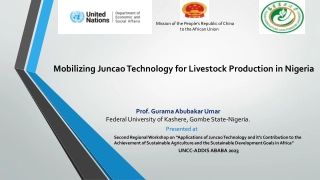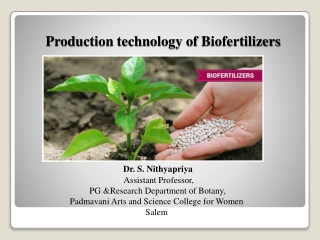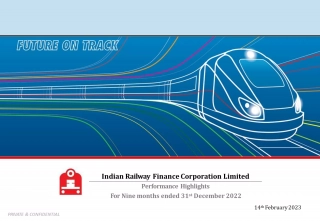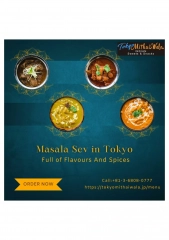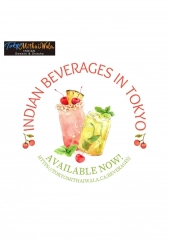Debates on the Mode of Production in Indian Agriculture
Dr. S. Mehdi Abbas Zaidi and Ms. Bushra Fatima discuss the elements of production in Indian agriculture, including the objects of labor, instruments of labor, and the role of labor itself. They explain how these components interact to form the productive power of labor and shape the relations of production in society, particularly in relation to property ownership.
Debates on the Mode of Production in Indian Agriculture
PowerPoint presentation about 'Debates on the Mode of Production in Indian Agriculture'. This presentation describes the topic on Dr. S. Mehdi Abbas Zaidi and Ms. Bushra Fatima discuss the elements of production in Indian agriculture, including the objects of labor, instruments of labor, and the role of labor itself. They explain how these components interact to form the productive power of labor and shape the relations of production in society, particularly in relation to property ownership.. Download this presentation absolutely free.
Presentation Transcript
DEBATES ON THE MODE OF PRODUCTION Dr. S. Mehdi Abbas Zaidi Associate Professor Department of Sociology Shia P.G. College, Lucknow E-mail - mehdi.abbas92@gmail.com Contact No. - +91-9839287412 & Ms. Bushra Fatima Assistant Professor
Debates on the Mode of Production in Indian Agriculture The production process involves the interaction of three elements with one another. The first element is the object of labour , that is, that which is the objective of human activity. It embraces two groups: a) materials directly obtained in natural conditions and converted into a product. It may be landas the universal object of labour, deposits of minerals and oil, ores, fish in natural water reservoirs etc, and b) previously processed materials. These are called raw materials (for instance, yarn in textile production, metals or plastics at an engineering plant, etc..
Continuum The second element is the instruments of labour or the implements of labour , that is, that by means of which man exerts an influence, whether directly or indirectly, on the diverse objects of labour. This includes the simplest instruments like the hammer and the spade, and the most diverse machines, like tractors, excavators, machine-tools, automatic lines and the most complicated assemblies. Among the instruments of labour exerting an indirect influence on the process of production are buildings, factories and plants, transport routes, airports and seaports, and storage facilities. The objects of labour and the instruments of labour, taken together, comprise the means of production.
Continuum The interaction of these two elements or the means of production with the third element that is, labour itself which involves people s conscientious and purposeful activity by which they alter natural objects, adapting them to satisfy their own requirements taken together characterise the productive power of labour, the productive forces of the society. The relations of production correspond to a definite stage of development of their material productive forces and hence with different levels of development of the productive forces, different relations of production are observed.
Continuum These constitute an intricate and highly ramified system covering the relations, which people establish with each other in the process of production, distribution, exchange and consumption of the goods of life. They are the social form of production through which people appropriate the objects of nature. Central to the whole system of relations of production are the relations of property in the means of production. These are the relations that determine the existence of the various classes and social groups, their status in the society, and their living conditions
Continuum Mode of production implies an integrated complex or unity of these two inter-dependent entities productive forces or forces of production and social relations of production. Mode of production is an articulated combination of relations and forces of production .
Types of Modes of Production Pre capitalist mode of Production / Subsistence Agriculture Petty production Localised production, circulation and appropriation Non-monetisation Production for use rather than for exchange Investment of capital in trade and usury Absolute rent rather than ground rent Rent in kind rather than rent in money Low pace of technology and lack of Mechanisation
Continuum Capitalist Mode of Production / Industrialized Agriculture Free Wage Labourer Market Capital Reinvestment and Surplus Appropriation Profit accumulation Generalised Commodity Production Class Contradiction
The Debate in Indian Agriculture Debate has been raised in India on the nature of Indian agrarian economy. A study on differentiation of peasantry by S C Gupta (1962) who classified farmers into: a. Capitalist farmers b. Market Oriented large Family farms c. Small Holders The publication of a study in 1969 on Big Farmers of Punjab by Ashok Rudra, A Majid and B D Talib carried out by the Agro- Economic Research Centre of the University of Delhi.
Continuum The study more for a search for capitalist farmer which are identified by the following characteristics: (a) A capitalist farmer will tend to cultivate his land himself rather than give it out on lease; (b) he would tend to use hired labour in a much greater proportion than family labour; (c) he would tend to use farm machinery; (d) he would be market-oriented; i e, he would tend to market an important share of his produce; and, (e) he would be profit-minded; i.e, he would tend to so organise his production as to yield a high rate of return on his investments.
Continuum Daniel Thorner, a longtime observer of India's agriculture, and also Kotovsky in West Bengal earlier, who had concluded from his own rural tours that a new era of capitalist agriculture was beginning. Then in 1971 Utsha Patnaik argued, from her own study of 1969, that a new capitalist farmer class was indeed beginning to emerge. Rudra, Patnaik, Paresh Chattopadhyay, Ranjit Sau, Hamza Alavi, Jairus Banraji,Harry Cleaver, Amit Bhaduri, Pradhan Prasad (1973, 74) and numerous other Indian and foreign scholars became involved in these debates.
Continuum Mc Eachernsums up the debate around four indicators of capitalist agriculture: Generalised Commodity Production, Emergence of free wage labour, Capital Investment, Irrevalence of share-cropping, Usury and tenancy. Amit Bhaduri (1973) in his study of West Bengal characterised the system as 'semi-feudalism . Pradhan Prasad (1973-74) also found in his study of Bihar that the social formation in rural Bihar is predominantly semi- feudal.
Continuum Prasad lists four prominent features of semi-feudalism: Sharecropping, Perpetual indebtedness of the small tenants, Concentration of two modes of exploitation, namely usury & land ownership in the hands of the same economic class, and Lack of access to the market by small farmers. According to Utsha Pattanaikthe distinction between pre- capitalist/Feudal mode of Production and a capitalist variant lies not in whether labour is free or un-free but rather on the productive reinvestment of surplus and accumulation of capital.
Continuum Indian agriculture is largely pre-capitalist, though there exists within a prevailing non-capitalist mode of production, a small but growing class of capitalist. Humza Alvi and also Jairus Bannerji, point to a colonial mode of production in agriculture. The real changes happening in agriculture has its genesis in the demands of imperialism and its agrarian policy. The present changes in agriculture has a distinct colonial legacy and hence it can be better understood as a colonial mode of production.
Continuum Gail Omvedt is of the opinion that the debate over the 'mode of production in Indian agriculture grew out of a milieu where scholars steeped in classic Marxist notions of feudalism, capitalism and imperialism confronted a changing empirical reality. In retrospect, it now appears that the data base of the whole debate was scanty, though by the late 1960s, important economic changes in agriculture had been initiated, and the process of destroying pre-independence forms of landlordism and laying of the foundations of an industrial and infrastructural development that could supply inputs to agriculture was beginning to produce real changes.
Continuum Indian agriculture was becoming capitalist. She argues that the mode of production in agriculture have become all the more complex over the years and three classes can be discerned today in agriculture, namely, capitalist farmers, middle Peasants, and semi-Proletarianised poor peasants and labourers. Omvedt also point to the fact that the Capitalism we find today is a capitalism that is developing within a post-colonial economy totally bound up with imperialism affected in specific ways.
Continuum The still potent retrogressive impact of certain semi-feudal features of Indian social organization, including caste and oppression of women. The 'mode of production' de-bate was provoked by real changes occurring in Indian agriculture, expressed politically in the Naxalbari revolt ,new organising of agricultural labourers and the repression of this organising by the rural elite.
Reference Dr. Adhikary C.D. , Mode of Production Debate in Indian Agriculture


